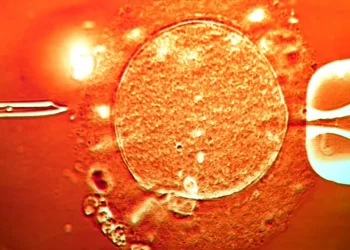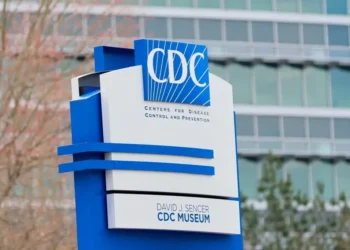What the EPA’s Rollback of ‘Forever Chemical’ Drinking Water Rules Means for You
The Environmental Protection Agency (EPA) recently announced a partial rollback of rules aimed at limiting dangerous “forever chemicals” in drinking water — a surprising move just a year after the Biden administration set strict national standards.
What Are Forever Chemicals?
PFAS (per- and polyfluoroalkyl substances) are a group of man-made chemicals used for decades in products like nonstick cookware, firefighting foam, and water-resistant clothing. Their unique ability to resist heat, water, and oil made them incredibly useful — but they also resist breaking down in the environment, earning the nickname “forever chemicals.”
Why Should We Care About PFAS?
These chemicals build up in our bodies over time and have been linked to serious health problems, including kidney disease, low birth weight, high cholesterol, and some cancers. Because of these risks, the Biden administration set strict limits on two of the most common PFAS types — PFOA and PFOS — at just 4 parts per trillion, aiming to protect millions of Americans.
What Did the EPA Just Change?
Under new leadership, the EPA is easing some of these protections:
- Rolling back limits on three types of PFAS: GenX substances (commonly found in North Carolina), PFHxS, and PFNA.
- Scrapping the limit on a mix of PFAS chemicals.
- Extending the deadline for utilities to meet standards on PFOA and PFOS by two years — now 2031.
Fortunately, only a small number of water utilities exceed limits for the less common PFAS types. Most problems still stem from PFOA and PFOS.
Why Is This Controversial?
Environmental groups argue the EPA doesn’t have the legal authority to weaken these rules under the Safe Drinking Water Act, which is designed to prevent loosening standards once they’re set.
Erik Olson from the Natural Resources Defense Council said, “The law is very clear that the EPA can’t repeal or weaken the drinking water standard.”
Meanwhile, industry groups have mixed feelings. The American Chemistry Council criticized the original strict rules for ignoring costs, while utility organizations welcomed the rollback of some regulations but said it doesn’t reduce the overall cost much.
Mark White, a water expert, noted that some utilities wanted higher limits for PFOA and PFOS, but the deadline extension gives everyone more time to comply.
What Does This Mean for You?
If you live in areas with water utilities dealing with PFAS, it might take longer to see improvements. The extended deadlines reflect how complex and costly removing these chemicals from water supplies can be.
Water industry consultant Mike McGill summed it up: “This gives water pros more time to deal with the ones we know are bad, and we are going to need more time. Some utilities are just finding out now where they stand.”
This article was rewritten by JournosNews.com based on verified reporting from trusted sources. The content has been independently reviewed, fact-checked, and edited for accuracy, neutrality, tone, and global readability in accordance with Google News and AdSense standards.
All opinions, quotes, or statements from contributors, experts, or sourced organizations do not necessarily reflect the views of JournosNews.com. JournosNews.com maintains full editorial independence from any external funders, sponsors, or organizations.
Stay informed with JournosNews.com — your trusted source for verified global reporting and in-depth analysis. Follow us on Google News, BlueSky, and X for real-time updates.














